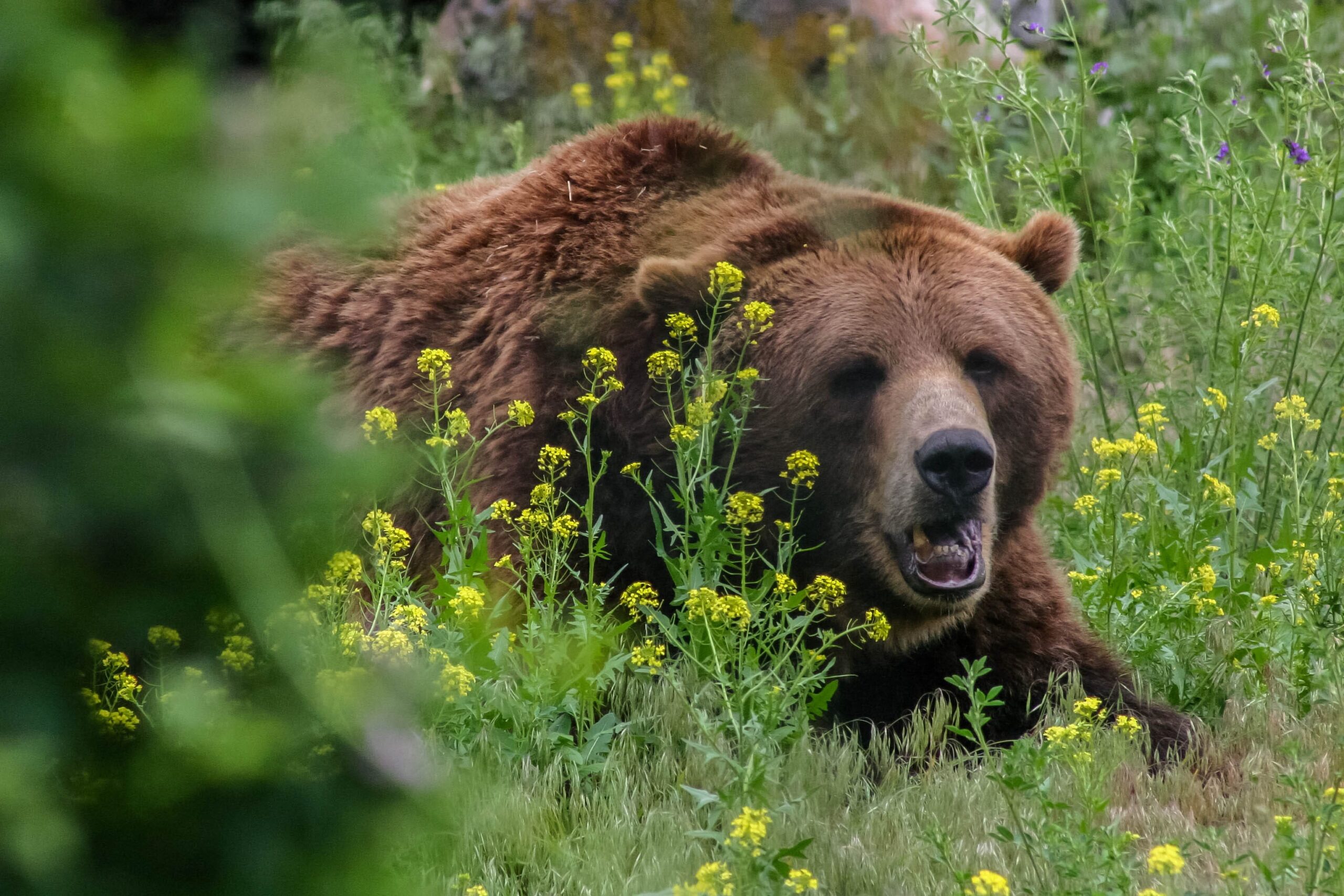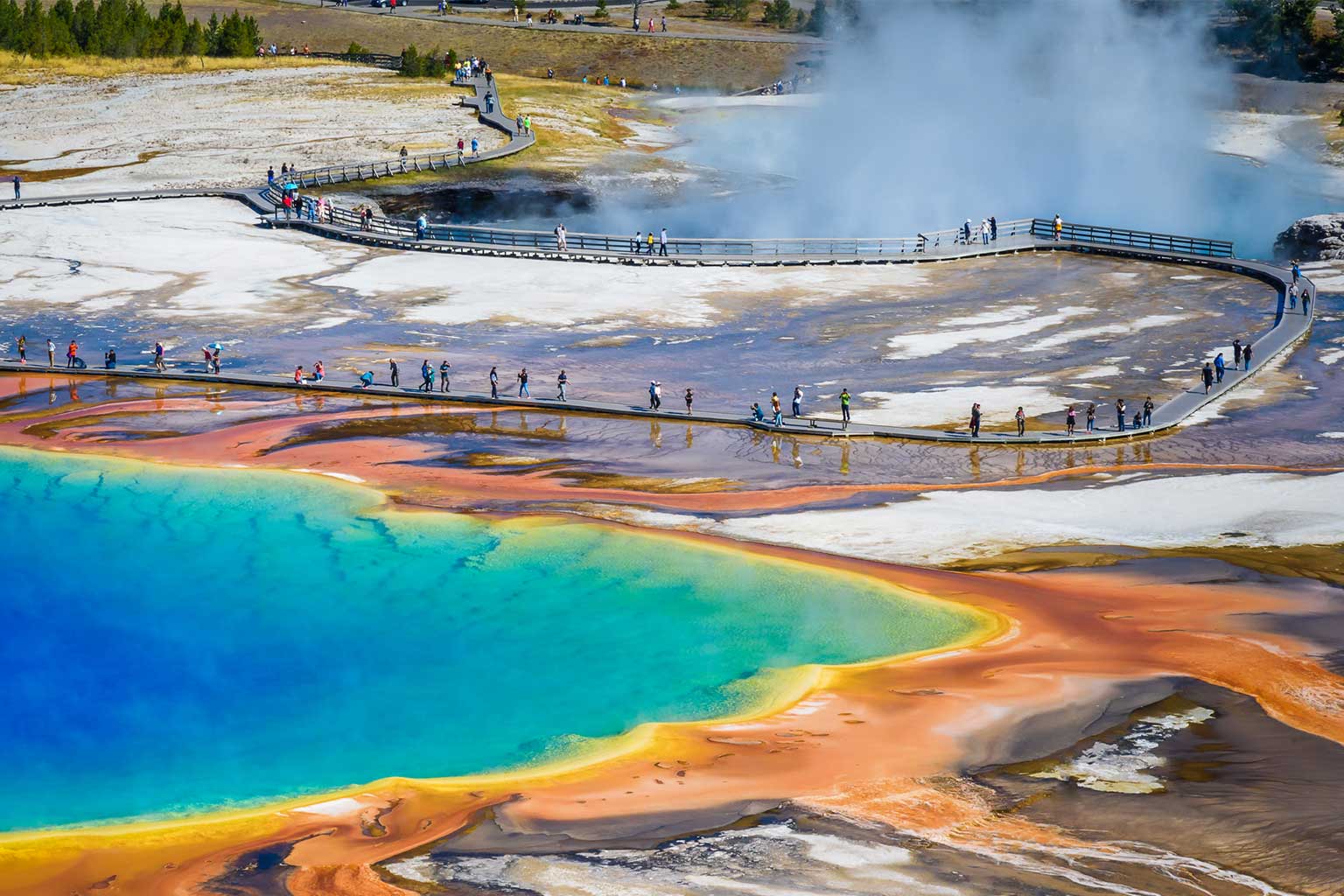After decades of work by federal biologists, state wildlife agencies, landowners, and conservation groups, the grizzly bears in and around Yellowstone have experienced an impressive recovery. From less than 150 bears a half-century ago to more than 700 today, the population has likely reached the ecosystem’s carrying capacity, causing bears to roam into new areas and perhaps soon to reconnect with other populations.
Because of the bear’s sustained improvement, successive administrations have sought to declare it recovered, remove the population’s status as a threatened species under the Endangered Species Act and return management to the states. As often occurs under the statute, those attempts have been litigated. Yesterday, the Ninth Circuit Court of Appeals heard a challenge to the 2017 delisting, which was overturned by a federal trial court in 2018.
In a hearing that was often muddled and confusing, one thing was clear—this will not be the last time the Yellowstone grizzly ends up in court. Early in the hearing, the federal government’s lawyer stated she could “almost guarantee” the next delisting effort will also be litigated, to which a judge responded, “Yeah, I’m sure of that.”
Perhaps surprisingly, the question of whether the Yellowstone grizzly has recovered played little role in the argument. Echoing arguments raised by PERC and the Pacific Legal Foundation in an amicus brief, the federal government’s lawyer began by explaining that the delisting should be a cause for celebration rather than alarm because “this is how the Endangered Species is supposed to work” after a successful and collaborative recovery effort. But Judge Hurwitz quickly interjected to note that the federal government hadn’t appealed the district court’s decision to overturn the delisting.*
So what’s the dispute if not the status of the earlier delisting? The primary dispute is about what the U.S. Fish and Wildlife Service has to say about other grizzly populations when it next tries to delist the Yellowstone grizzly.
In theory, at least, the delisting of a recovered population could cause a “backdoor” delisting of still struggling populations. For instance, if the unrecovered populations did not qualify as a species, subspecies, or distinct populations segment of a species, they could not remain listed under the terms of the statute. Likewise, if the only extant population of a species is delisted, there would be nothing for a broader species-level listing to protect.
The Service has agreed to ensure that delisting the Yellowstone grizzly won’t cause this result. And, from the argument, it seems that there’s little actual risk of a backdoor delisting here because there are other grizzly populations that are listed and no one disputes that they should remain listed.
The district court went further than this, however, holding that the Service can’t delist the Yellowstone grizzly without doing a “comprehensive review” of all grizzly populations. The Service argues that the statute doesn’t require this comprehensive review—whatever it might mean. Adding another oddity to an already odd case, the plaintiffs who challenged the delisting are not defending this part of the district court’s decision on appeal. So, if the court determines it has jurisdiction to review the conditions imposed by the district court, as seems likely, it will likely hold that future delisting decisions will be governed by the statute rather than the district court’s order.
Ultimately, that’s a good thing. The prospect of a delisting is one of the main incentives for states, landowners, and conservationists to engage in recovery efforts. Erecting additional obstacles to delisting recovered species like the Yellowstone grizzly undermines this incentive.
The argument addressed two other technical issues likely to influence future delisting efforts. Judge Watford sought clarity about whether states could adopt a different model for estimating the grizzly population and what that would mean for its status. If a new model produced a population estimate much higher than the current one, would the states act as if the population grew dramatically overnight or would the old estimates, recovery thresholds, etc. be adjusted to the new model too? Wyoming’s lawyer explained that a new model could only be adopted if all the parties to the conservation plan agreed, including the federal government, and all are committed to maintaining the recovered population. Moreover, the prospect that the population could be relisted would discourage such gamesmanship.
The other technical issue was whether the Service should commit to a fixed date to begin translocating bears between populations to ensure genetic diversity. It didn’t in the delisting decision because it determined that the Yellowstone population is large enough that genetic isolation isn’t a threat in the foreseeable future. It also expects the populations to naturally reconnect through migration and range expansion. All three judges questioned whether a specific date for translocation is required in these circumstances.
In summation, the hearing produced fewer fireworks than might have been expected because the federal government is not asking the court to reinstate the delisting decision. But this will not be the final word. The U.S. Fish and Wildlife Service is currently performing a status review for each of the grizzly populations in the lower 48.
Because evidence continues to mount that the Yellowstone grizzly has recovered, that review is likely to conclude in another delisting decision which will all but certainly land the agency in court again. Eventually, courts will declare “enough” and allow the delisting to stand and authority over grizzlies to return to the states. But shouldn’t someone ask whether all this litigation and bureaucracy is ultimately distracting from the real goal—recovering species?
*States and other parties intervened and do challenge the district court’s decision to void the delisting. But the Ninth Circuit judges indicated they’re skeptical those parties can appeal the issue when the government hasn’t.




